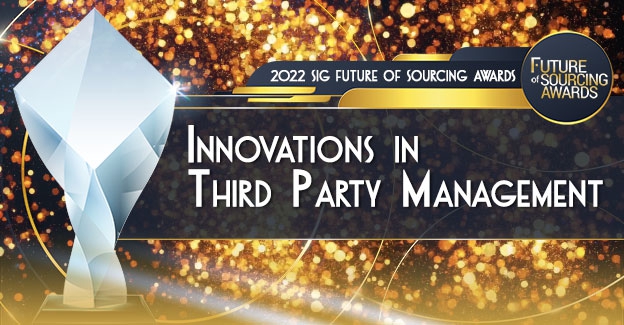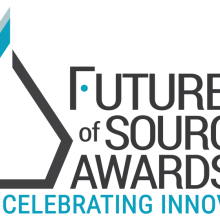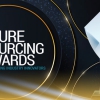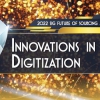On October 19th, the Future of Sourcing Awards will celebrate organizations and individuals that have shown innovation, leadership and transformation in categories that are critical to the sourcing industry. Interviews with the finalists provide helpful insight about their projects, the problem they sought to solve and the impact to their organizations.
Can you outline why your team embarked on this project and the problem that needed to be solved?
How were things done originally and what was the inspiration to innovate the process?
What KPIs did you use to measure success for this project? (For example: performance, customer satisfaction, revenue, sales or relevant financial gains?)
Within the first year, our sourcing transformation journey helped us achieve:
- Improved standardization
- Increased stakeholder and supplier collaboration
- Increased efficiencies
- Improved effectiveness
- Improved pipeline visibility
- Improved executive approval rating
How do you plan to ensure that the new model remains relevant and adapts to the future needs of the market?
Each quarter, we evaluate our impact on the business with our leadership team, relevant stakeholders and key suppliers. By having a proactive and agile approach to our transformation journey, we can respond quickly to new business needs and requests from our end-users. We are also looking at technology to help improve predictive analytics and risk management.
What advice do you have for those who may want to implement this innovative approach in their own organizations?
To be effective and successful when working with third parties in your transformation journey, it’s important to bring in end-users, stakeholders and suppliers early in the process. Deploy Design Thinking principles to ensure you have empathy for everyone involved in the transformation journey. Make engaging with procurement easy and fun – it rarely works well to force the adoption of new tools, processes and engagement models.
How did your team assess the risks/potential for your third-party management strategy?
When the global pandemic started, it created a remote workforce for us overnight. Like many companies, this change provided us with the opportunity to consider new ways of working. We embraced the overcommunication mindset when adjusting to the change and building new solutions for our team, stakeholders and suppliers. We spent time upfront collecting stakeholder feedback, uncovering internal and external pressures, and deploying the right digital enablers for our procurement ecosystem. Equally important, we changed the pace and scope of critical projects for the business.







